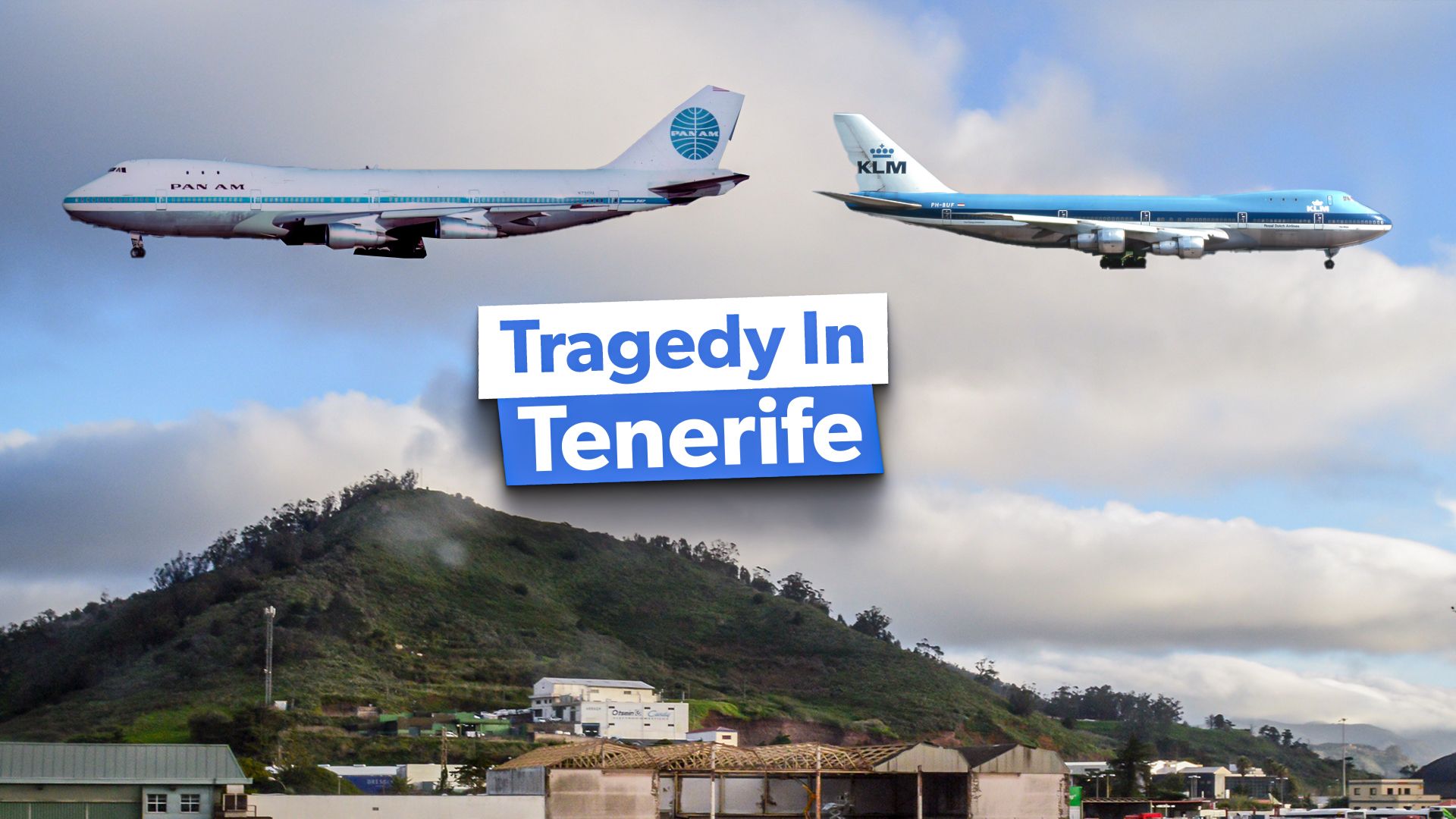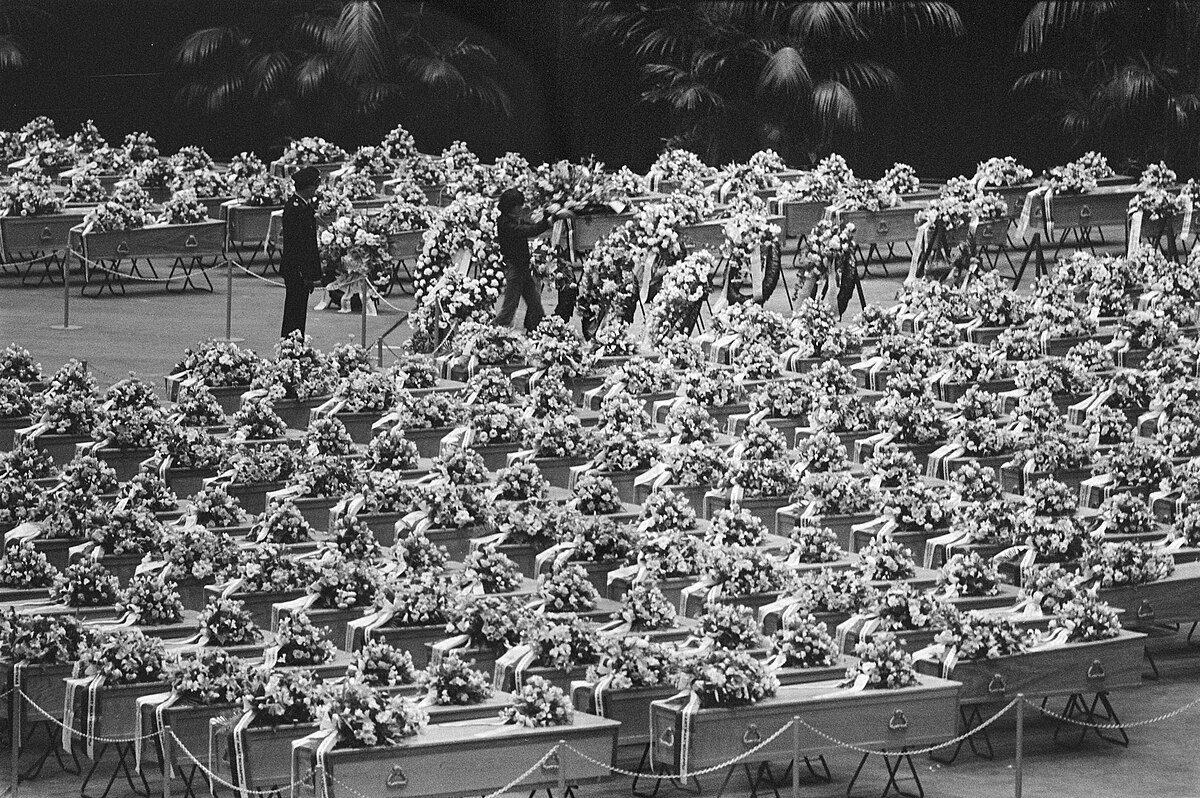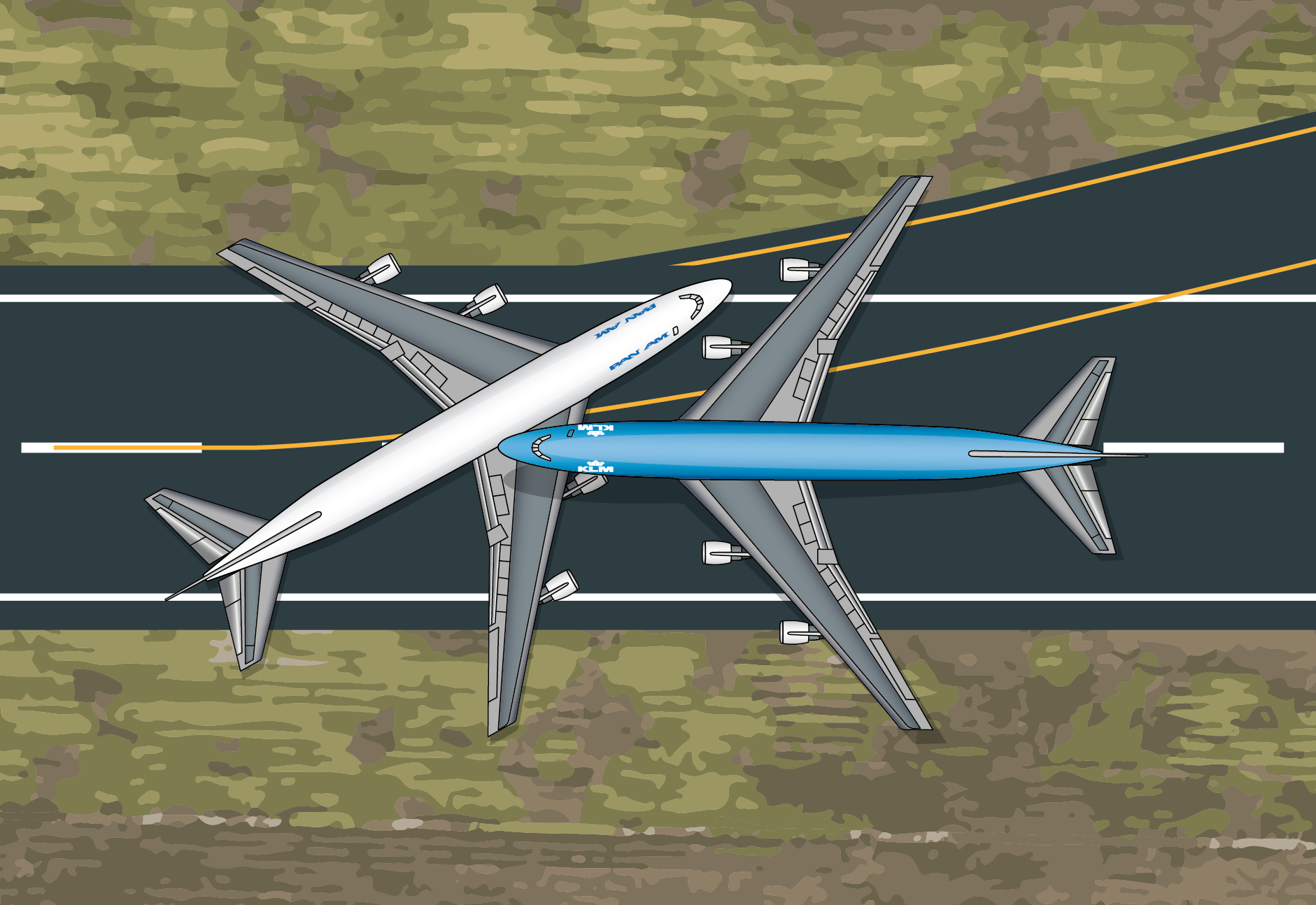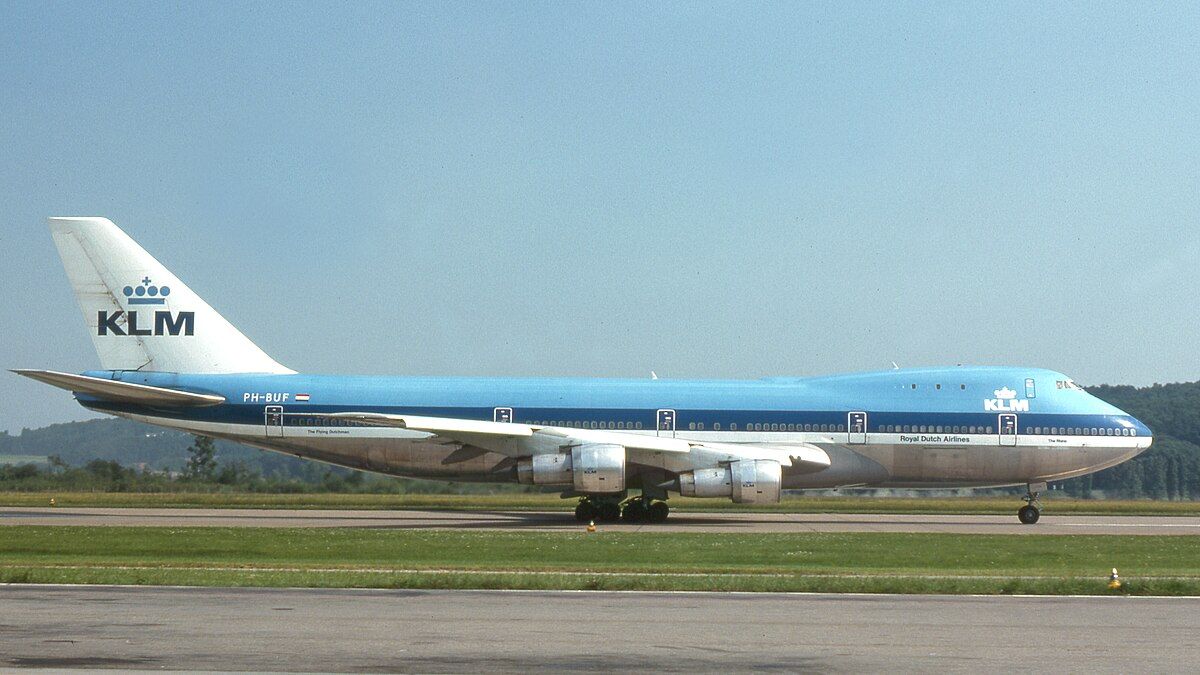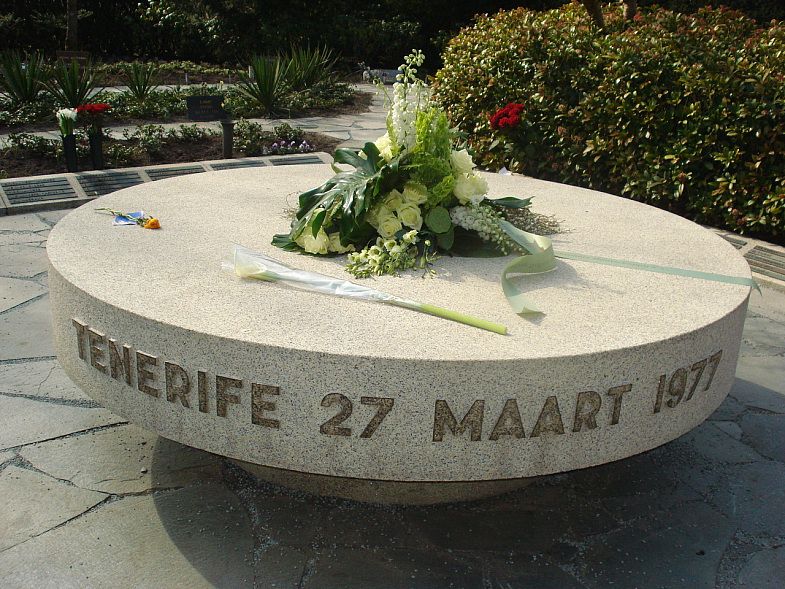Summary
- The Tenerife Airport disaster, leading to the death of more than 500 passengers, took place on March 27th, 1977.
- Refueling at Las Palmas could have prevented the fatal accident.
- Junior pilots’ hesitancy to question the captain’s decision may have led to the tragedy.
March 27, 1977, is an unforgettable day in aviation history. Two jumbos collided with each other at an airport that was previously known as Los Rodeos Airport – the Tenerife Airport. This resulted in the death of 583 people.
The Tenerife Airport disaster is a tale of a string of unfortunate events that eventually led to changes in aviation standards forever. Let’s take a look at some shocking facts about the deadliest accident in aviation history.
1
Terrorism played a part
A bombing at the airport nearby led to the diversion.
None of the two aircraft that collided to result in the biggest aviation disaster were scheduled to be at the Los Rodeos Airport to begin with. It was the backdrop of the Canary Islands Independence Movement that led to one of the aircraft in the disaster being present at the airport.
- The Movement for the Independence and Self-determination of the Canary Islands was founded in 1964 and was looking for the secession of the Canary Islands from Spain.
- On the day of the accident, a bomb planted by those participating in the independence movement exploded in the Gran Canaria Airport, forcing the Pan Am flight to be diverted to Los Rodeos Airport, as reported by the New York Times.
The bombings left the Los Rodeo Airport congested with air traffic that it wasn’t accustomed to handling. As a result, the aircraft had to be parked on the taxiway.
2
It could have been averted if the KLM aircraft had refueled at Las Palmas
And a crew had even suggested so!!
While the Pan Am flight was diverted to Los Rodeos Airport, the KLM aircraft had arrived in Los Rodeos only for refueling.
- Time taken by KLM to fully refuel the aircraft: Approximately 35 minutes
- Time taken by KLM to fully refuel the aircraft and reboard the passengers: Approximately 120 minutes
According to the Aviation Network, KLM’s decision to refuel at Los Rodeos would eventually prove to be fatal:
“Because the PanAm passengers remained on aboard it was possible to leave Tenerife at once. The taxiways were congested by other aircraft however. This meant the PanAm crew had to backtrack on runway 12 for takeoff on runway 30. The entrance to runway 12 however, was blocked by the KLM Boeing. The PanAm flight had to wait for almost 2 hours before all KLM passengers (except 1) had reboarded and refueling had taken place.”
The flight engineer and the first officer of KLM’s flight had suggested Las Palmas as a refueling spot, but the captain insisted that refueling occur at Los Rodeos.
3
Junior pilots questioned the captain’s takeoff decision
But they were not insistent enough.
In their analysis of the Tenerife Airport disaster, Justin Hayward, Tatenda Karuwa, and Dr. Omar Memom of Simple Flying wrote about how the crew gradient might have played a key role:
- “There was interaction between the KLM crew.
- Captain Veldhuyzen van Zanten was a senior figure at KLM and the head of pilot training.
- Pilot seniority impacted any intervention the crew made.
- Junior pilots questioned the captain’s takeoff decision but were not insistent.”
Here’s a look at the number of flight hours clocked by the captain and the first officer of the flight:
|
Personnel involved |
Age |
Flight hours |
|---|---|---|
|
Captain Jacob Veldhuyzen van Zanten |
50 |
11,700 flight hours [1,545 hours on the 747] |
|
First Officer Klaas Meurs |
42 |
9,200 flight hours [95 hours were on the 747] |
Junior pilots have sometimes been found to not be insistent on questioning their senior pilots’ decisions, leading to some other notable crashes as well. This is exemplified in Gladwell’s theory of cockpit culture.
4
“Stand by” – an important part of a message that KLM crew did not hear
Radio interference caused this crucial bit of the message to be squealed out.
The radio communication between the flight crew and the ATC was also a significant reason why the disaster took place. In a research paper published in QuestJournals about the disaster, the author analyzes the communication:
” While the KLM’s first officer was still reading back to the tower regarding the ATC’s clearance the captain released the brakes saying ‘We Gaan ‘ meaning ‘we go’ and the plane started to take a takeoff roll. In response, the first officer after finishing reading back to ATC said ‘’We are now eh taking off’’ or ‘’We are now at takeoff’’ a statement that was claimed by the tower control to have been taken to mean ‘we are at takeoff position’, after which he replied that it was okay, paused and informed the officer that their aircraft to standby for take preceding a confirmation.”
Due to the presence of fog, the runway wasn’t visible from the air traffic control tower. The crew of the KLM flight missed an important part of a message coming down from the Pan Am flight, and this led to the disaster merely 13 seconds after the ATC and crew of the KLM flight had communicated:
“Immediately after the controller informed KLM that it was okay in confirmation of their standby position, the same message coincided with the Pan Am’s message informing that they were still taxing down the runway, a response that caused a strong squeal in the KLM’s cockpit as both messages were hardly intelligible.”
The investigation report said that some of the probable causes of the accident were:
- Misunderstanding of orders or instructions by the pilot.
- The Pilot in Command failed to follow orders and directives.
5
Some of Pan AM passengers and crew members survived
9 of the 61 Pan Am occupants who had initially survived died of their injuries later.
All the people onboard the KLM aircraft were killed in the accident. However, 61 people on Pan Am flight 1736 survived. Here are details about the aircraft involved in the accident.
|
Flight |
Aircraft involved |
Name of aircraft |
Number of people on board |
Number of survivors |
|---|---|---|---|---|
|
KLM Flight 4805 |
Boeing 747-206B, registration PH-BUF |
Rijn (Rhine) |
240 |
0 |
|
Pan Am Flight 1736 |
Boeing 747-121, registration N736PA |
Clipper Victor |
396 |
61 |
The cabin crew of the Pan Am flight jumped to the ground after they found their way to the left wing, which was intact. One of the crew of the aircraft revealed in the Pan Am Podcast in March 2022 that the flight attendants (who had survived the accident) became heavily involved in philanthropic works after the accident:
“I hope that the remaining employees of Pan Am and friends of Pan Am still keep together. I belong to a philanthropic group of former Pan Am flight attendants called World Wings, and there are chapters all over the world. We get together for each chapter locally for meetings and parties and social gatherings. We also collect money for charities and have donated lots of money to different charities around the world. I’m very much a big part of– always been a big part of World Wings.”
After the accident, the airport remained closed for days and fully reopened only on April 3rd.

